Painful, unattractive, and alarming are words I use to describe ingrown hairs. Painful because ingrown hairs can hurt like heck when they rise above my skin. Unattractive because I feel that the entire universe is staring at it. Alarming because more than once I convinced myself that an ingrown hair was the beginning of incurable cancer.
An ingrown hair forms when the tip of the hair curls back or grows sideways into the skin of the hair follicle. An ingrown hair is completely harmless, but some can get out of control. This might lead to scarring and skin discoloration.
Unless you plan on giving up on shaving and waxing, there is no cure for the maddening ingrown hairs that insist of invading your body at all the wrong times. Summer is quickly approaching, and now is an excellent opportunity to learn how to get rid of ingrown hairs when they appear.
What Does An Ingrown Hair Look Like
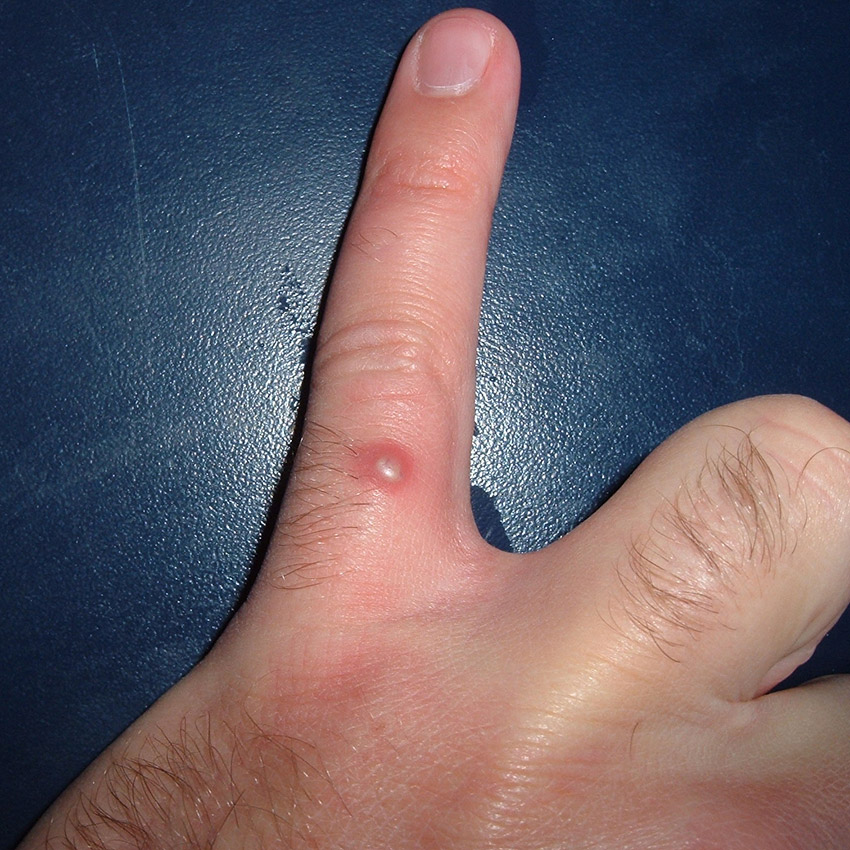
Ingrown hairs often appear as a small pink bump under the skin. Sometimes, you can see a small, dark part of the underlying hair in the skin bump. Ingrown hairs are most common on skin areas that that are shaved, such as the face, neck, armpits, legs, and pubic region. An ingrown hair can irritate the skin, leaving a painful, boil-like sore. Sometimes pus can be seen inside the bumps. In females, ingrown hairs are most common in the legs, pubic area, and armpits. In males, they often pop up as a cluster of little bumps around the chin, cheeks or neck.
What Causes An Ingrown Hair?
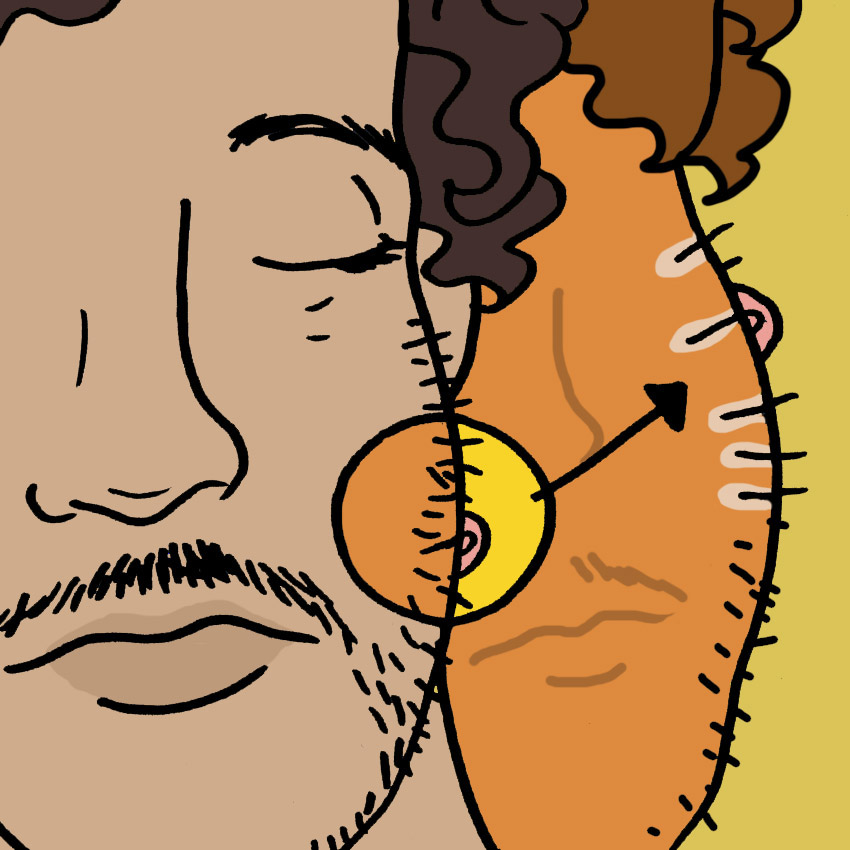
Dead skin cells that remain on your skin can block hair follicles from growing outwardly. Instead, they are forced to grow sideways under the skin, causing an ingrown hair. Anyone can get ingrown hairs, but race and genetics play a big part of who has to deal more with these pesky skin irritations. People who have thick, curly hair are more likely to have to deal with ingrown hairs. Curly hair tends to bend back and re-enter the skin more often than straight hair, especially after it's been shaved or cut.
How To Remove An Ingrown Hair
1. Let’s Start With What Not To Do
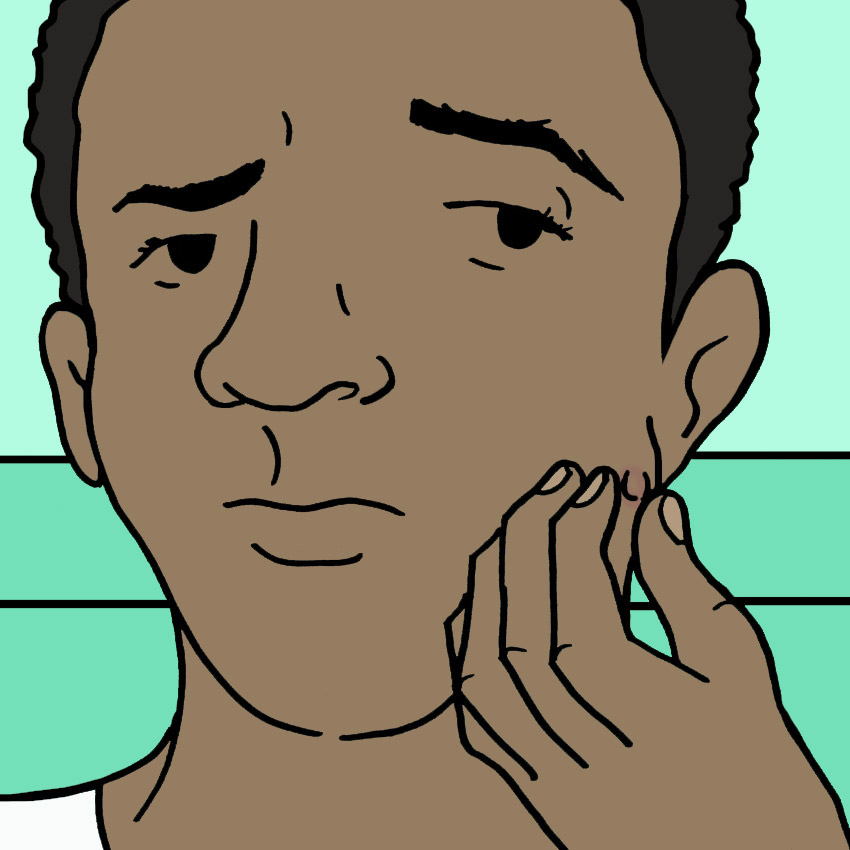
Do not dig around it, squeeze it, or try to pull it out with your fingernails. If you can’t see the hair yet, you’re going to need to coax it out. Don’t grab dirty, unsterilized tweezers in a desperate attempt to improve your skin. This could lead to a nasty infection that sticks around forever. In fact, I have an ingrown hair that has been on my leg for an eternity and it has no plans to leave.
2. Gather Your Supplies

Taking care of your skin is a job, and ingrown-hair removal is part of the job description. It's a satisfying job that requires all the right tools to achieve optimal success.
- A mixture of sugar and olive oil or a store-bought exfoliator
- A clean washcloth
- Sanitized pointed tweezers
- Rubbing alcohol
- Hot water
- Apple cider vinegar
- Coconut oil (because every beauty regimen requires coconut oil)
3. Sterilize Your Tweezers
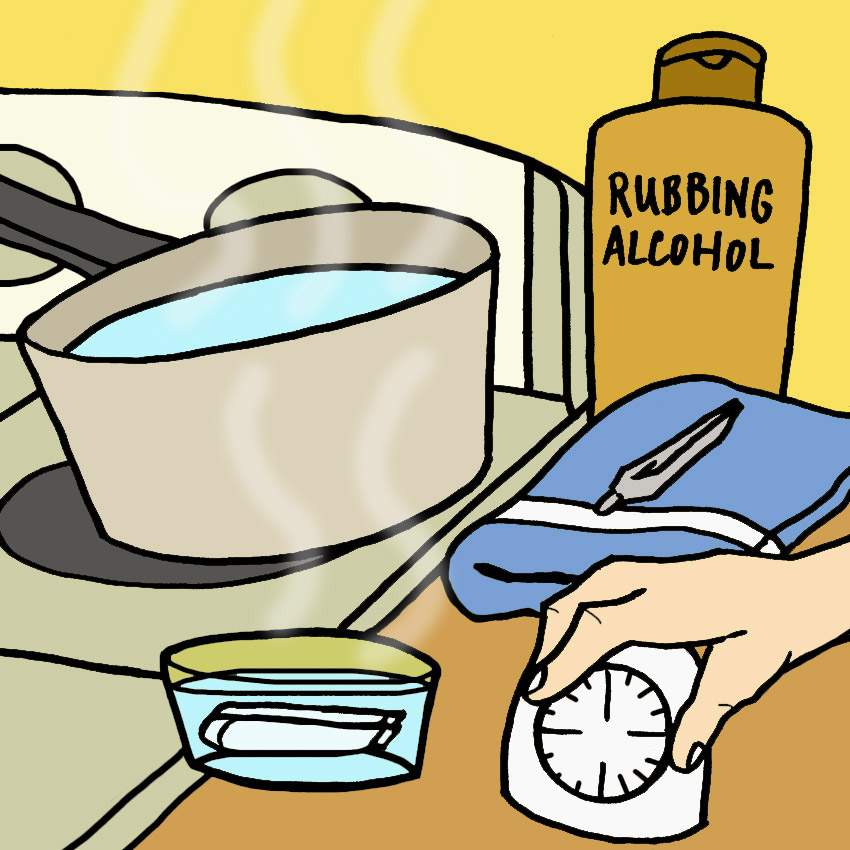
Every good home groomer needs to sterilize their tools more often than not, especially when removing ingrown hairs. Boil a pot of water. When the water comes to a boil, let the tweezers soak for at least five minutes. Carefully remove the tweezers from the hot water and pat dry with a clean towel. Then, fill a small bowl with rubbing alcohol and let the tweezers sit for a least 15 minutes.
4. Start With The Sugar Scrub
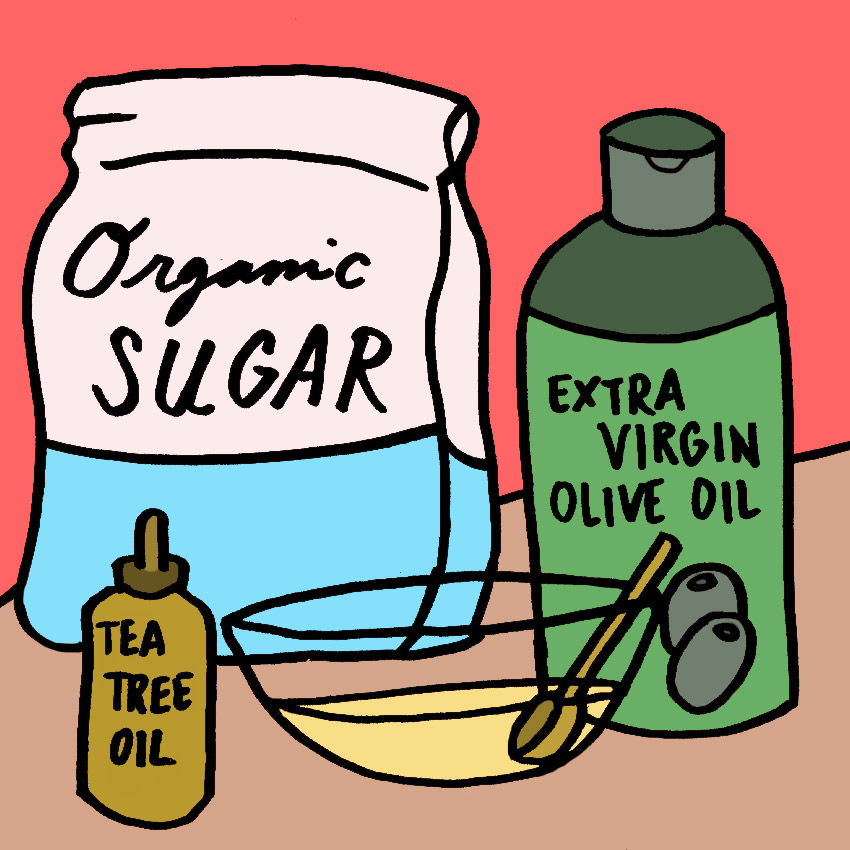
Sugar is a reliable and effective skin scrub that can help get rid of ingrown hair. It gently exfoliates the skin, removing dead cells and helping the ingrown hair come out of the skin.
Here is a simple recipe you can make at home as part of your ingrown-hair-removal ritual.
- 3 tablespoons extra virgin olive oil
- ½ cup organic sugar
Directions: Mix the olive oil and sugar in a small bowl until it has a sandy, wet texture. You can add a few drops of tea tree oil, since it’s known for its antiseptic properties. Just use a tiny bit, as tea tree oil can also dry out your skin. Rub in a circular motion to dislodge any dead skin, then rinse it off with hot water and a washcloth.
My go-to for a store-bought choice is Fresh Sugar Scrub. The marketing department at Fresh describes their body scrub as “the original, natural sugar exfoliant and unrivaled treatment for supremely soft skin.” It’s not just words, people. This sugar scrub is worth every penny. To apply, mix the contents of the jar with your finger to evenly distribute the oils and then apply to wet skin. Massage gently, polishing away dull skin cells. Rinse well with hot water and a washcloth, and pat dry with a clean towel.
5. Hot-Water Treatment
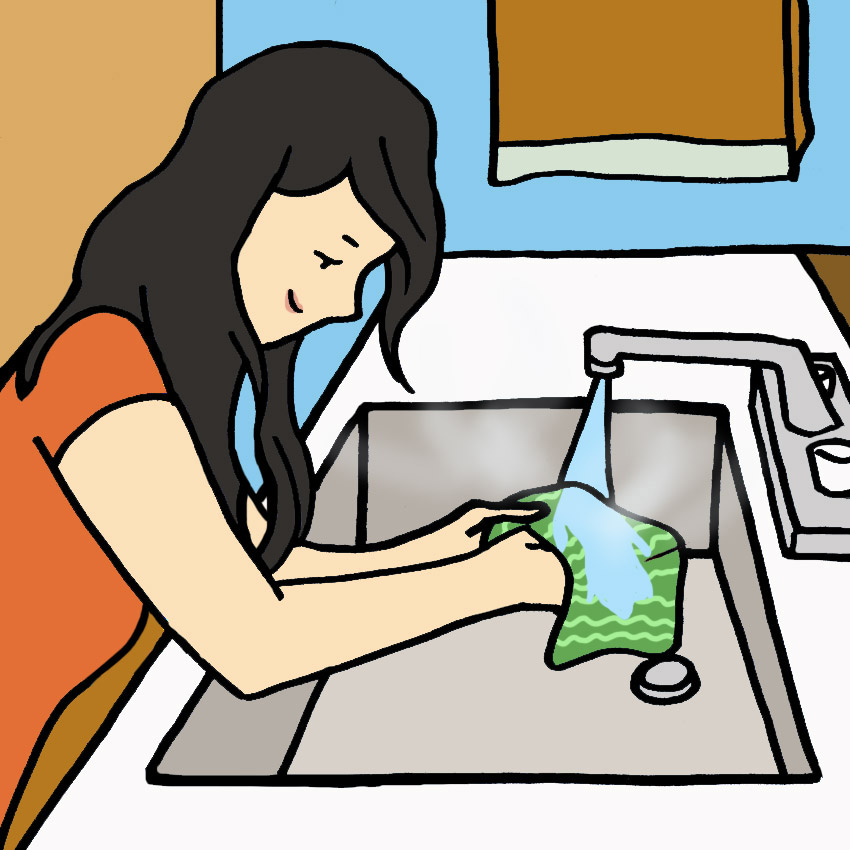
This is the fun part. While standing in the shower or over the sink, wet a washcloth with very hot water and place it on your ingrown hair. You want to use the hottest water that you can tolerate. Leave the washcloth on the ingrown hair for 10 to 12 minutes. It’s OK to rinse out the washcloth and run it under the hot water a few times during the 10 to 12 minute period. This will soften the hair and skin, preparing it for removal.
6. Remove That Hair!
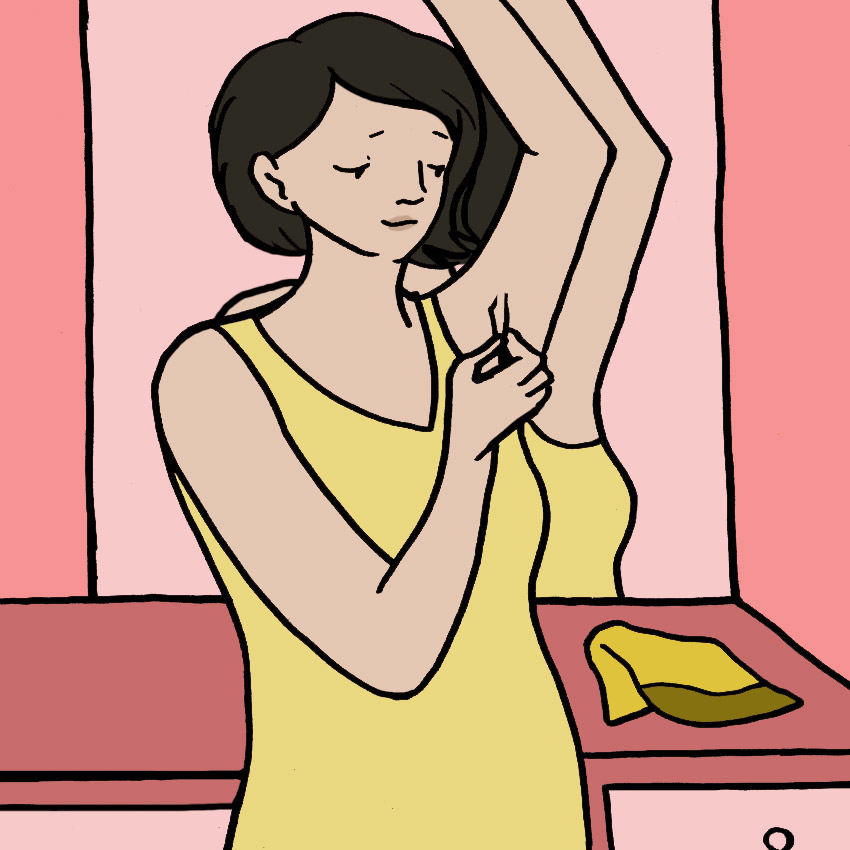
Your skin in now ready — your ingrown hair is waiting for removal. Use your sterilized tweezers to firmly grasp the hair as close to the skin as you can get without actually irritating it. Give it a nice firm yank. Apply a warm washcloth for five minutes after removal. This soothes the skin in case any irritation occurred while you were pulling out the hair.
7. Apply Coconut Oil
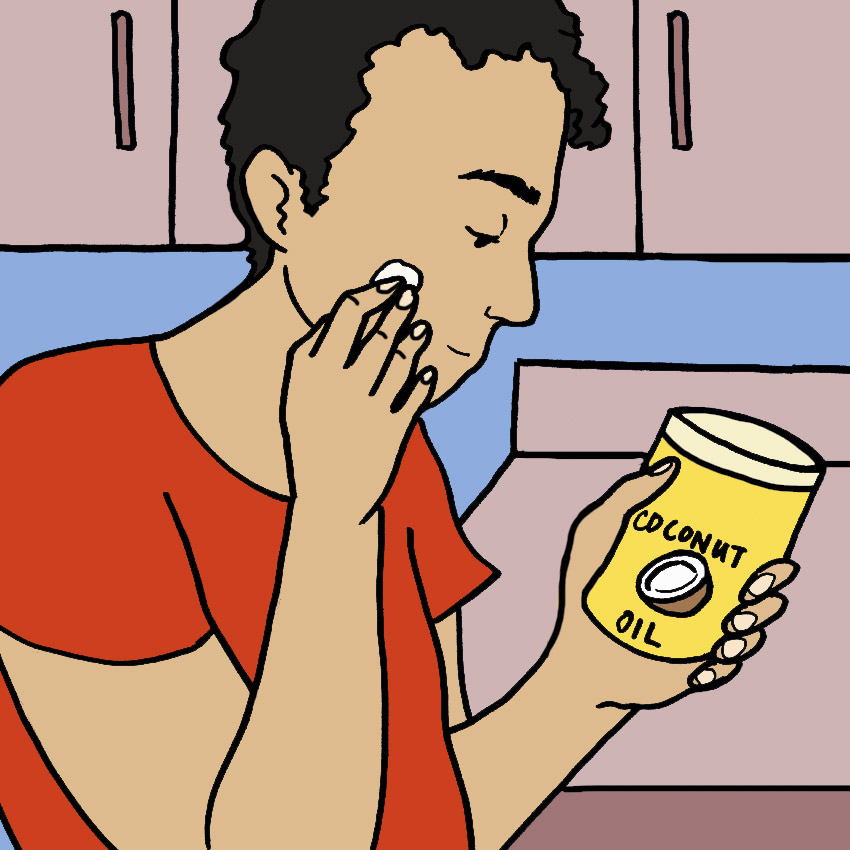
Apply a dab of coconut oil to ease irritation and help the skin heal up smoothly. The best kind of coconut oil is unrefined, virgin, organic coconut oil. Unrefined coconut oil has a light coconut taste and smell. It is typically made from fresh coconuts, and processing is very limited. High-quality coconut oil is best for soothing your ingrown hairs.
8. Apple Cider Vinegar
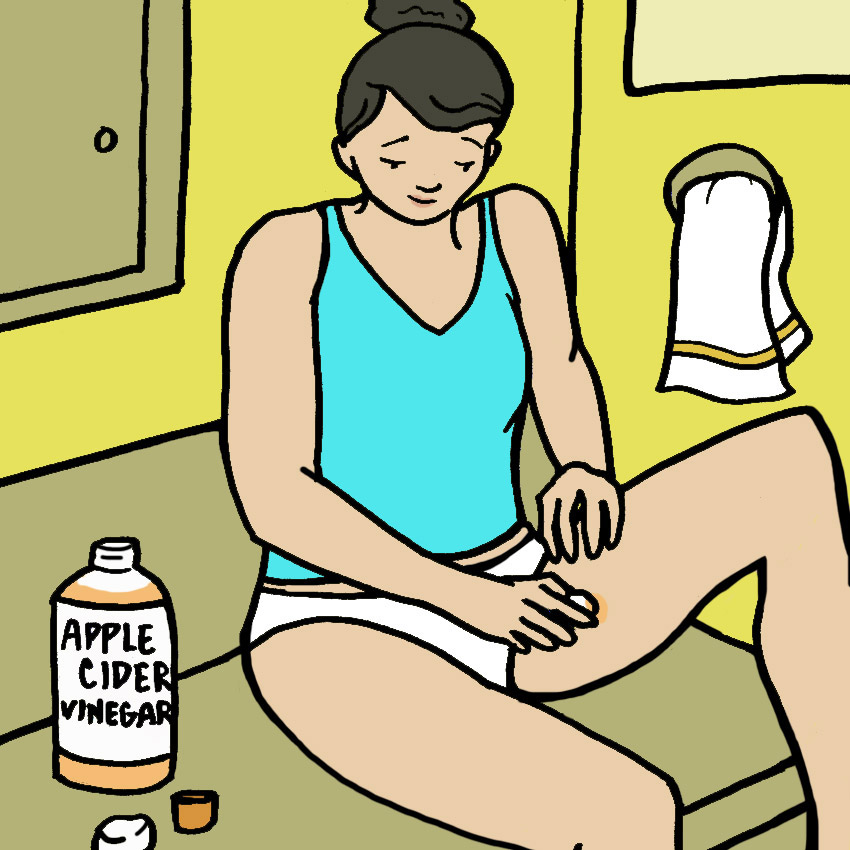
As the skin heals over the next few days, apply a small amount of apple cider vinegar to the former home of your irritating ingrown hair. According to Positivemed.com, apple cider vinegar softens and soothes irritated skin. It also contains anti-inflammatory properties that will help heal an ingrown hair.
How To Prevent An Ingrown Hair
The best way to avoid going through the ingrown-hair-removal process is to avoid getting them all together. While nothing can totally stop them from occurring, steps can be taken to help prevent them.
1. Moisturizing
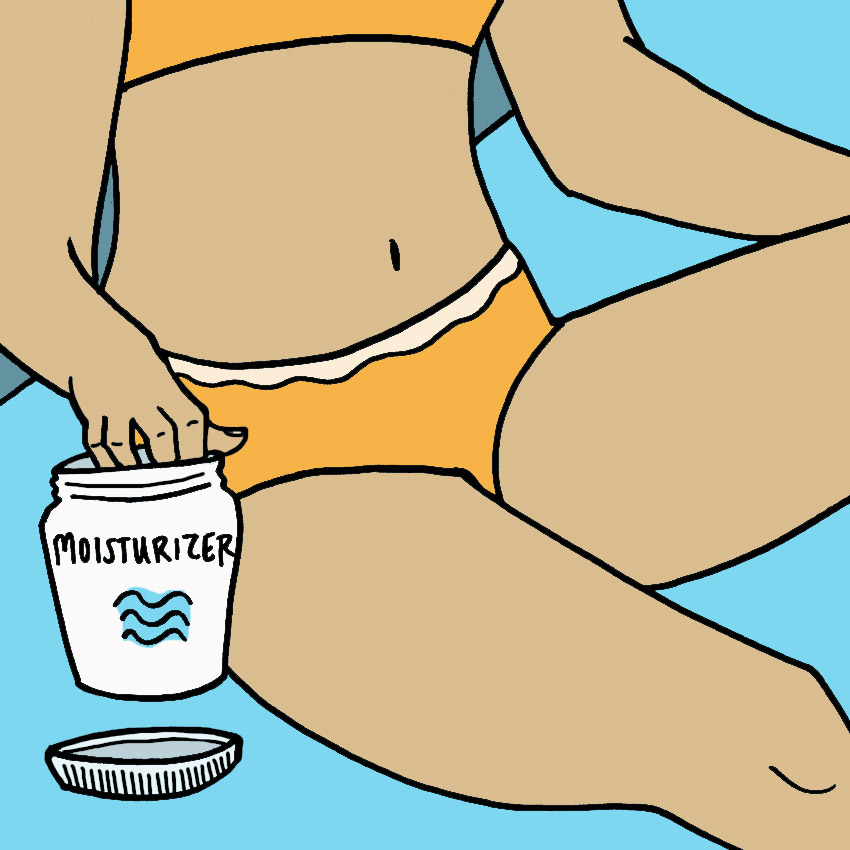
Regular moisturizing is the golden key to preventing ingrown hairs, especially painful ingrown pubic hair. While many people regularly moisturize their face, arms, and legs, they leave out the pubic area. The skin in your pubic region is especially susceptible to ingrown hairs, and regular moisturizing does wonders. Moisturizing your pubic area adds a protective barrier during the shaving and waxing process, soothing the skin and preventing irritation afterward. Tend Skin has been around for years and is a great daily moisturizer for areas very prone to ingrown hair such as the pubic area and underarms.
2. Don’t Use A Dull Razor
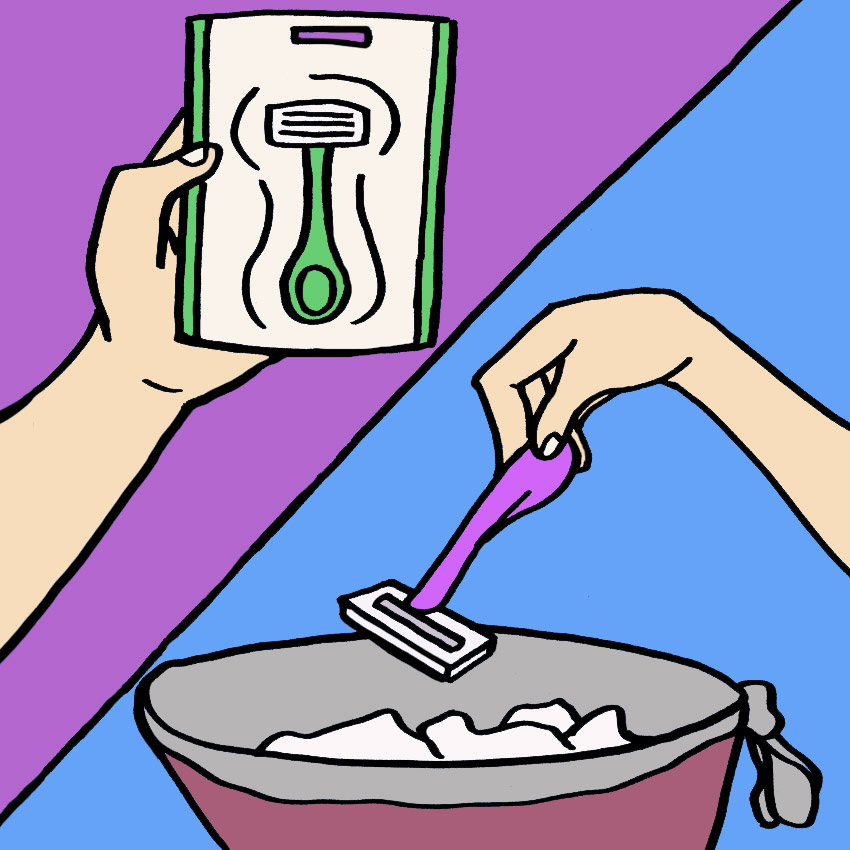
A dull blade tugs on hairs, which can create result in ingrown hairs and razor bumps. According to Grooming Lounge, disposable razor blades need changing about every three to four shaves. I am certainly guilty of changing my blade far less than this, and my legs and underarms often pay the price.
3. Exfoliate Often

Before shaving areas that are prone to ingrown hairs, the skin needs to be prepped by using an exfoliator. Using a small amount on the area you are shaving will remove any extra skin and help your hair to grow out straight.
4. Laser Hair Removal
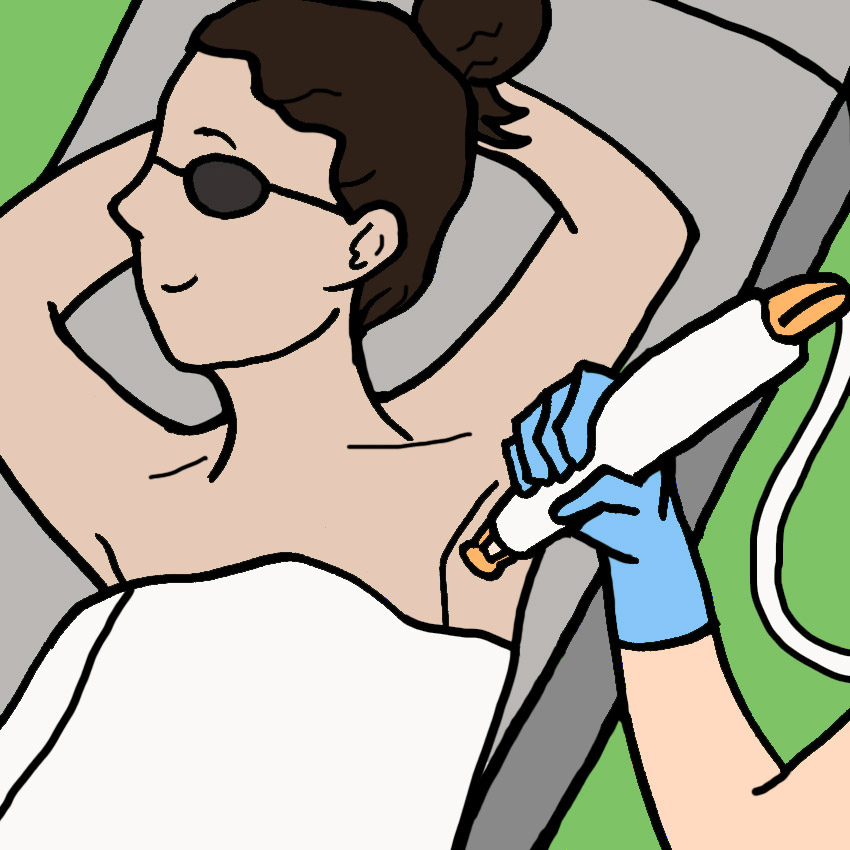
If you have a deep pocketbook, these treatments work wonders. Laser hair removal kills the hair follicles, leaving nothing left to grow back, and therefore no ingrown hair. After about three treatments you will begin to see the difference, and the results can last a lifetime. While the thought of having painful lasers aimed at your most sensitive areas might make you cringe, it is a very effective treatment.
Thankfully, my kids still like to swim with me in our community pool, so it's time to start getting my ingrown hairs taken care of for the warmer months ahead. While I'm never quite ready for bathing-suit season, at least my skin will be!
If you are ready to remove the ingrown hairs left from your dry winter skin, SHARE this article!




